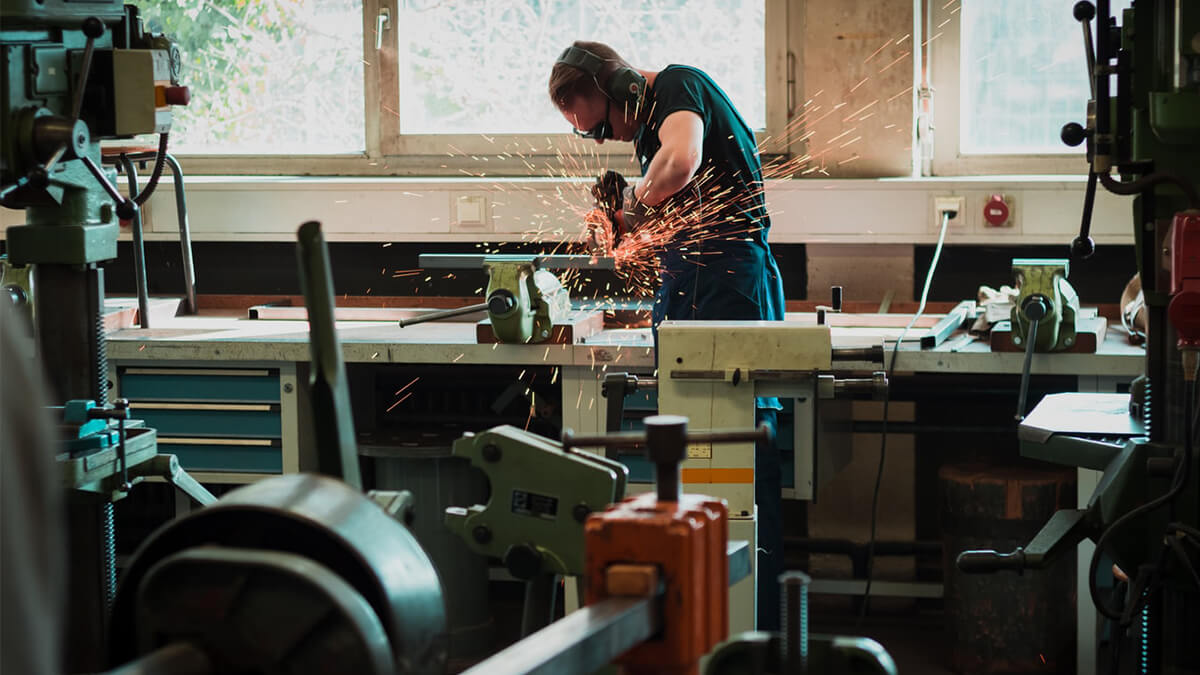Weather for household repairs, such as fixing a leaky faucet, tightening loose screws, or bending wires, or in industrial manufacturing, assembly lines, or construction fabrication processes, the design and precision of a good pair of pliers makes them ideal for gripping, bending, and cutting materials with precise control. Specially designed pliers, such as needle-nose and locking pliers, allow electricians or auto repair professionals to access confined spaces and exert precise force when needed.
A Pinch of History
The origin of pliers dates back to ancient times when blacksmiths used tongs to grip hot metal items during forging. The basic design of the tongs consisted of two metal rods or bars connected by a lever. The sections of the bar on one side of the lever were shorter to give a firm grip on the item being held, while the sections on the opposite side of the lever were longer to serve as the handle. This basic design has been further expanded upon to create the variety of pliers in use today.
Types of Pliers and Their Applications
Straight Slip Joint Pliers: Probably the most commonly recognized pliers in use around the home or workshop are the common, straight slip joint pliers. These pliers can be set to two different positions, making the mouth wider or narrower, by fully opening the pliers and sliding the handles to the desired position.
Adjustable Pliers: A more advanced version of the slip joint pliers it the adjustable pliers, also known as Tongue-and-groove pliers or Channellock pliers. They have slotted jaws that allow the jaws to be moved to several different widths or positions by opening the jaws and sliding them to the desired slot. Adjustable pliers usually have longer handles to allow for the increased leverage needed as the jaw separation increases.
The adjustable pliers were originally developed and patented in Canada in 1899. The design was further developed and popularized by the Champion–DeArment Tool Company, and in 1934 it was patented under the brand name Channellock. This design is now the most commonly used adjustable pliers in use today.
Needle-Nose Pliers: Also known as long-nose pliers, these pliers have long, slender jaws, deal for reaching into tight spaces, holding onto small objects, or performing intricate tasks. They almost always have a cutting edge near the base of the jaws for cutting wires and other items.
Locking Pliers: Also known as Vice Grips, these pliers lock in place when the jaws tighten on the object they are gripping, providing a hands-free grip. This makes them ideal for clamping, holding, and freeing up the user's hands for other tasks. The jaws can be adjusted to obtain the desired gap needed to grasp the object.
Specialty Pliers: There are many other pliers designed for unique gripping needs. These include Diagonal Cutting Pliers designed to cut wires and cables, Flat Nose Pliers with wide, flat jaws ideal for carpentry and metalwork, and Lineman's pliers- high quality multi-functional pliers used by professional powerline workers and electricians - for working with electrical cables and wire.
Features of Quality Pliers
Some key features to consider when selecting a pair of pliers include:
Material and Construction: High-quality pliers are usually made of hardened steel or chrome vanadium. The strength of pliers depends largely on the forging process and heat treatment used to enhance the hardness and toughness of the metal.
Handle Design: Insulated handles are essential for tasks involving electrical work to prevent shock hazards. Comfortable ergonomic handles made from materials like non-slip rubber or plastic provide a comfortable grip and allow for extended use without hand fatigue.
Joint Mechanism: A sturdy joint mechanism with minimal play ensures precision and longevity.
Taiwan's Grip on Plier Manufacturing
Taiwan has long been renowned for its superior steel manufacturing, establishing its tool industry as synonymous with quality and efficiency. The combination of cutting-edge steel manufacturing, advanced technology, and superior craftsmanship enables Taiwanese pliers manufacturers not only to meet but often to exceed global standards.






.png)







